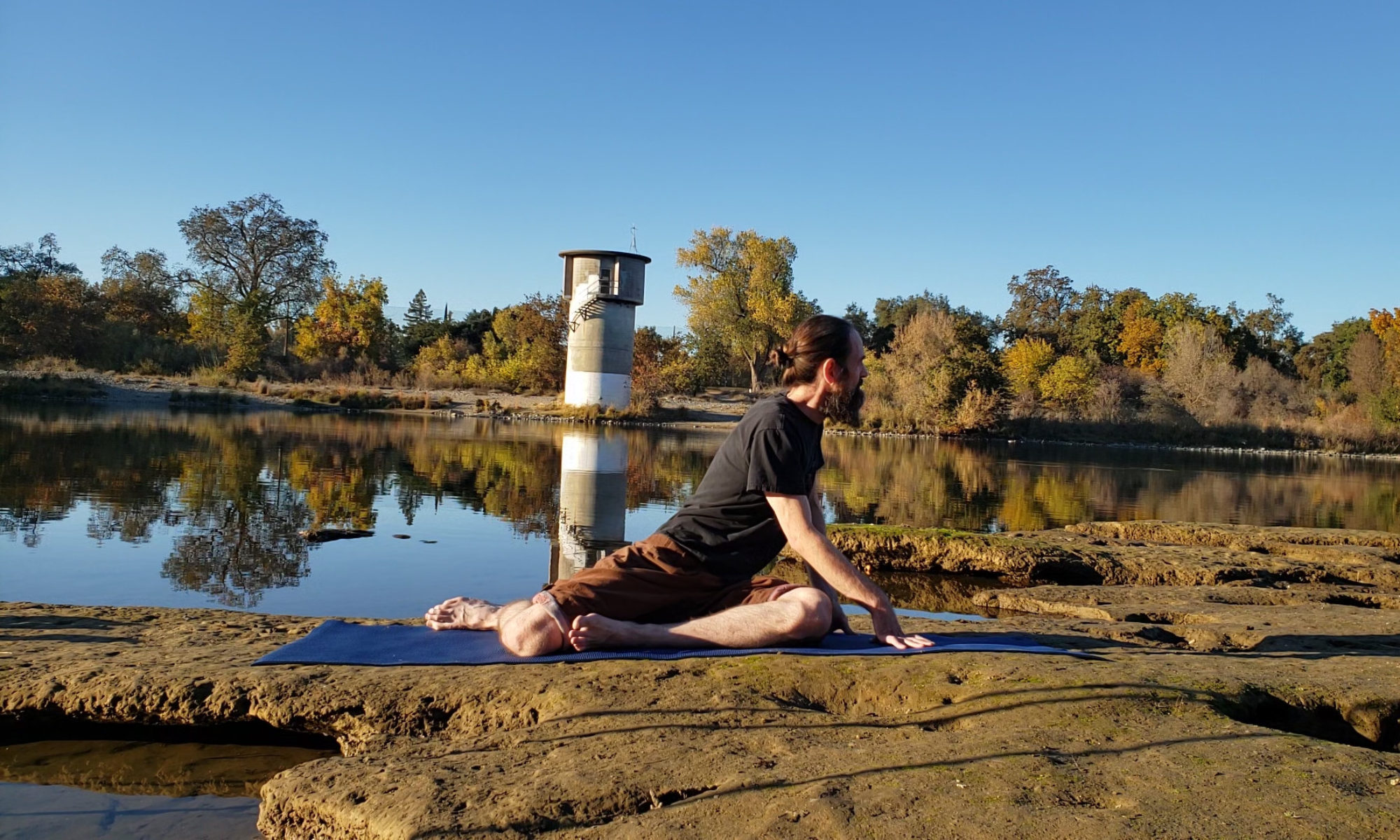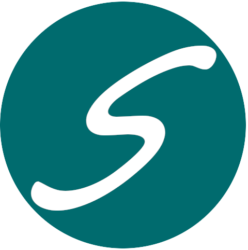Sequential Stretching™ is a relatively simple set of techniques for improving flexibility and reducing chronic tension. But there are some challenges to starting effective use of these techniques. As I’ve been focusing more on teaching this directly to other people, one of the hardest parts has been guiding them toward what I call entry points and cascading tension release.

Entry Points
Entry points are body positions where unnecessary muscle tension is low, but near to body positions with slight muscle tension, making tension release possible. Finding a good entry point is the one of the first key steps to executing an effective stretch sequence for your body.
Identifying Good Entry Points
Sequential Stretching is built on the concept that stretches should not be done in a single body position, but in a range of closely related positions. Ideally, the starting position will be in a highly relaxed position with no unnecessary tension felt. This starting position is a good candidate for an entry point, but you might not get to an entry point until you have progressed partway into the sequence. Slight changes from this position might start to engage barely perceptible muscle tension. The slower you move, the easier it is to sense this tension.
One of the biggest challenges is locating good entry points for your current level of flexibility. I can show you the entry points that work for my level of flexibility, but those may not work for you if they are too tight for your body. If you are much more flexible in that part of the body than I, you might need to reach a more challenging position before you arrive at an entry point. Finding a good entry point usually means you can find a good stretch sequence based on that entry point.
A good entry point is one that has a low starting tension level and a slow ramp-up in tension around that point. For example: sitting with your head facing straight ahead might be a good entry point for some neck stretches if you can move your head slightly forward and backward with slowly increasing tension as your head moves farther from the center of your body.
Each person may have unique entry points, but the steps for getting to them should be similar between people. I have located a dozen or so entry points for my body that meet these conditions. To find your own particular entry points, I suggest you try some of the stretch sequences on this website. Each stretch sequence has many variations to it which can be done to work different muscle areas, but the variations might be necessary to get you to an entry point for your body.

Cascading Tension Release
Cascading Tension Release (CTR) is the connected unlocking of a series of tight muscle fibers during a stretch sequence. CTR is the pinnacle of effective stretching, the most efficient way to release muscle tension, and feels amazingly pleasant and relaxing. It happens when the conditions of the body and mind are right so that minimal unnecessary tension blocks the release of stuck muscle fibers in a series. Slight movement or relaxation triggers one stuck fiber to release, which unlocks several other stuck fibers, which each unlock several other fibers, creating an avalanche of muscle release. CTR often feels similar to unraveling a sweater once a loose thread is pulled.
When you are mindful of these microreleases during CTR, you will feel them continuously keep releasing for at least ten seconds, but potentially for hours, if you can keep them going. It can make you feel connected to more of your body and often feels like you have explored muscles of your body you didn’t even realize were there.
To reach a state of CTR, you first need to get your body to an entry point. Then, you need to figure out what body position commands from the entry point will keep the releases flowing. This means that you find a sequence of body positions that have tight muscle fibers to release, but not so many tight muscle fibers that they all block each other from releasing.
Keeping CTR flowing
Once you enter a state of CTR, you should try to stay in it for as long as possible because it can potentially release a significant section of muscle knots in a short period of time. It can be difficult to get back into quickly, so it is helpful to put off any interruptions once you get into CTR. To remain in CTR, you need to keep your body in the groove that allowed it to start. The following are the primary methods I use to keep the CTR going.
- Use deep breathing and direct the exhales to the area that you can feel releasing. If you feel the microreleases continuing without moving anything but your breathing, keep doing that.
- Find a particular direction to gently move a body part toward. For example, in the Expanding Cavern Stretch Sequence, I use circular head movements to keep tension releases flowing. In the Standing Squat Stretch Sequence, I use the slow lowering of my tailbone position to stay in CTR once the microreleases slow down or stop at the current tailbone position.
- If a particular movement direction is being used and you feel tension levels increasing, try pausing for a few seconds at a body position before proceeding down the planned path. If tensions levels continue to increase, try reversing the direction and try to remember how relaxed that position felt when you were there previously. It may still feel tighter than before since some tension release in one muscle area may shift the load and allow you to feel tension in another area that your body may have tuned out previously.
- Try moving more slowly. Sometimes I think I am moving as slowly as possible, but I find I can move a little slower if I watch a point on my body (like my hand in the Raise Your Hand Stretch Sequence) that I can see moving and make it move slower than I can sense through my internal muscle sensors.
- Anticipate when your body is about to lose relaxation because some muscle areas are about to activate. Remind yourself of your current Simplified Positional Posing and Movement command, mentally reinforce your belief that a chosen part of your body can remain at this position without feeling any muscle tightness, and imagine a bigger section of your body that can completely release.
- Shift work back and forth between muscle groups by shifting your bodyweight to different sides of your balance point.
- As with most aspects of Sequential Stretching, use of cannabis is helpful to relax enough that you can get to an entry point and to make it easier to sense the microreleases so that you can steer your body in the direction that will keep the CTR going.

